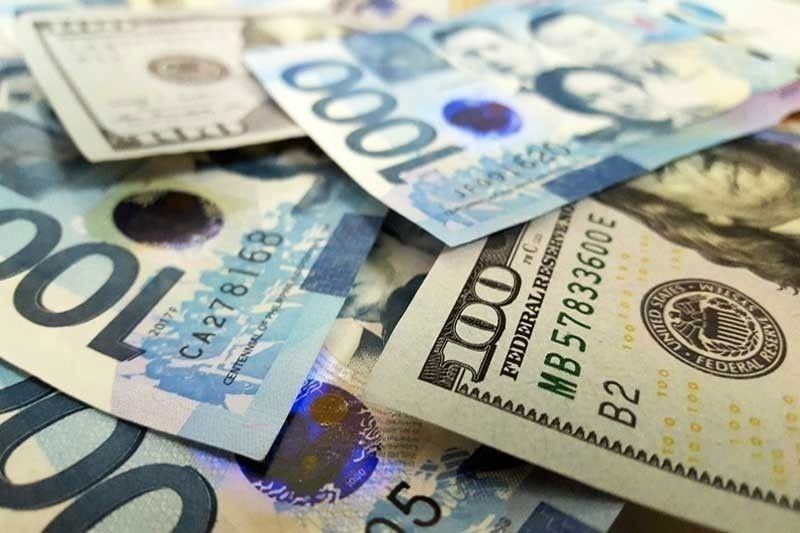Banks at risk from sluggish credit, bad loans – S&P

MANILA, Philippines — Philippine banks are facing sluggish revival in credit growth, rising non-performing loans (NPLs), a marginal decline in credit costs, and mild recovery in earnings this year due to subdued economic activity and high COVID-19 infection rates, according to S&P Global Ratings.
In a report, Nikita Anand, credit analyst at S&P, said Philippine banks may post a modest three to five percent growth in loan portfolio this year.
“Economic recovery has been off to a slow start in 2021, partially owing to a severe COVID-19 wave centered around the National Capital Region. Subsequent pandemic waves involving new and potentially aggressive variants and a vaccine rollout that undershoots our current expectations, remain the key downside risks,” Anand said.
Preliminary data from the Bangko Sentral ng Pilipinas (BSP) showed loans disbursed by universal and commercial banks contracted for the sixth straight month, although at a slower pace of four percent in May from five percent in April, as credit activity remains muted due to the emergence of new COVID-19 variants.
The debt watcher said the subdued economic activity amid high COVID-19 infection rates and persistent lockdowns posed elevated credit risk for Philippine banks.
Economic managers, through the Development Budget Coordination Committee (DBCC), have lowered their GDP growth targets for this year to a range of six to seven percent and to seven to nine percent next year.
“The trend for economic risks faced by Philippine banks is negative, in our opinion. We forecast a sluggish revival in credit growth, rising NPLs, a marginal decline in credit costs, and a mild recovery in profitability in 2021 as the Philippine economy recovers,” Anand said.
According to S&P, the NPL ratio of the industry may further rise to six percent this year as Philippine banks recognize the full extent of the pandemic’s impact on borrowers.
Consumers and small businesses are seen as the major contributors to new NPL formation, reflecting tough employment conditions and loss of revenues from lockdown, while corporate credit quality has been sturdy so far, it said.
Data from the BSP showed the gross NPLs of Philippine banks accelerated for the fourth straight month to hit a 12-year high of 4.35 percent in April from 4.21 percent in March.
Furthermore, the debt watcher said credit costs are likely to stay elevated at 1.7 percent of gross loans this year, slightly lower than last year’s 2.1 percent.
“A prolonged economic downturn could weaken banks’ credit profiles,” Anand said.
The credit rating agency said the industry’s common equity tier -1 (CET-1) capitalization of 16 percent, sound liquidity, and adequate provisioning on stressed loans would provide cushion against downside risks.
It added banks’ disposal of NPLs to asset management companies via Republic Act 11523 or the Financial Institutions Strategic Transfer (FIST) Act could bring down the level of stressed loans visible in the system.
- Latest
- Trending



























